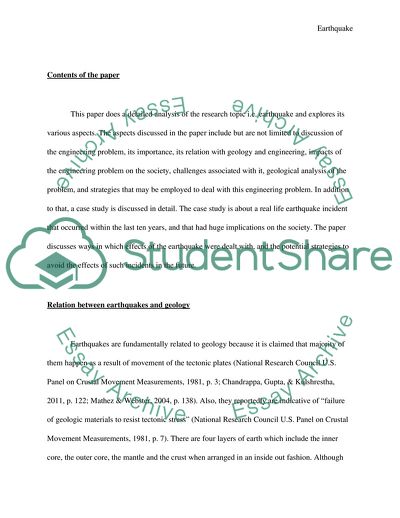Cite this document
(The Various Aspect of Earthquake Term Paper Example | Topics and Well Written Essays - 2250 words, n.d.)
The Various Aspect of Earthquake Term Paper Example | Topics and Well Written Essays - 2250 words. https://studentshare.org/environmental-studies/1789219-earthquake
The Various Aspect of Earthquake Term Paper Example | Topics and Well Written Essays - 2250 words. https://studentshare.org/environmental-studies/1789219-earthquake
(The Various Aspect of Earthquake Term Paper Example | Topics and Well Written Essays - 2250 Words)
The Various Aspect of Earthquake Term Paper Example | Topics and Well Written Essays - 2250 Words. https://studentshare.org/environmental-studies/1789219-earthquake.
The Various Aspect of Earthquake Term Paper Example | Topics and Well Written Essays - 2250 Words. https://studentshare.org/environmental-studies/1789219-earthquake.
“The Various Aspect of Earthquake Term Paper Example | Topics and Well Written Essays - 2250 Words”. https://studentshare.org/environmental-studies/1789219-earthquake.


